Funding Toolkit » Formula Grants » State and Local Fiscal Recovery Funds (FRF)
Overview
FRF is the largest and most flexible source of American Rescue Plan Act funds to help states, counties, cities and Tribal governments cover increased expenditures, replenish lost revenue and mitigate economic harm from the COVID-19 pandemic.
The Coronavirus State and Local Fiscal Recovery Funds provide substantial flexibility for each jurisdiction to meet local needs within these four separate eligible use categories. Guidance documents and the Final Rule expressly allow funds for courts and legal aid providers. Recipients can use funds to cover costs incurred by December 31, 2024.
Match Requirements
None.
Potential Uses
Recipients may use FRF funds to:
- Replace lost public sector revenue, using this funding to provide government services up to the amount of revenue lost due to the pandemic
- Respond to the far-reaching public health and negative economic impacts of the pandemic, by supporting the health of communities, and helping households, small businesses, impacted industries, nonprofits, and the public sector recover from economic impacts
- Provide premium pay for essential workers, offering additional support to those who have and will bear the greatest health risks because of their service in critical sectors
- Invest in water, sewer, and broadband infrastructure,making necessary investments to improve access to clean drinking water, to support vital wastewater and stormwater infrastructure, and to expand affordable access to broadband internet
Treasury issued its Final Rule for the FRF program – which took effect on April 1, 2022 – to provide increased flexibility for recipients to pursue a wider range of uses, as well as greater simplicity in administration. As reflected in the Final Rule and the Interim Final Rule Frequently Asked Questions (reflecting the actual Final Rule language), both the courts and legal aid providers can tap FRF funds including, e.g.:
- FAQ 2.19 states that recipients can use FRF for the courts to reduce backlogs: “Therefore, steps to reduce these backlogs, such as implementing COVID-19 safety measures to facilitate court operations, hiring additional court staff or attorneys to increase speed of case resolution, and other expenses to expedite case resolution are eligible uses.”
- FAQ 2.21 explains how funds can be used for eviction prevention efforts and housing stability services, and notes that: “This also includes legal aid such as legal services or attorney’s fees related to eviction proceedings and maintaining housing stability, court-based eviction prevention or eviction diversion programs, and other legal services that help households maintain or obtain housing. Recipients may transfer funds to, or execute grants or contracts with, court systems, non- profits, and a wide range of other organizations to implement these strategies.
- FAQ 4.8 also mentions courts in response to a question about using funds to prevent and respond to crime, and support public safety: “In all communities, recipients may use resources to … restore law enforcement and courts to their pre-pandemic levels. Additionally, Funds can be used for expenses to address COVID-related court backlogs, including hiring above pre-pandemic levels, as a response to the public health emergency.”
- The commentary to the Final Rule also allows for, in certain circumstances, “…capital expenditures in government administration buildings, such as public courthouses, as well as technology infrastructure that would allow for remote delivery of public benefits.”
CFDA
21.027
Administering Federal Agency
U.S. Department of the Treasury
Find Your State/Local Administrator
The National Conference of State Legislatures tracks FRF spending in a searchable database here. The last column – “Source” – provides some information about your jurisdiction’s FRF decisionmakers.
Amount of Available Funding
Detailed allocation information for the $350 billion to state, local, and Tribal governments broken down by state, non-entitlement unit, territory, county, and city is here.
More Information
To find examples of courts and/or their justice partners receiving these funds, click on the PDF.
Formula Grants
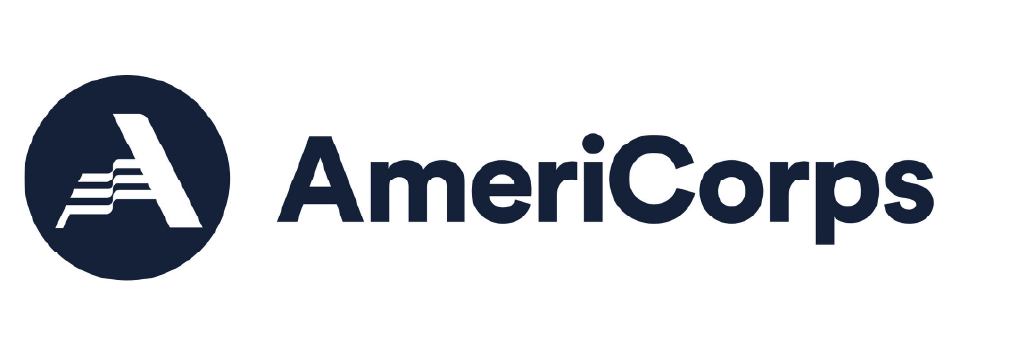
AmeriCorps State and National Grants
AmeriCorps provides grants to a broad range of local and national organizations and agencies committed to using service to address compelling community issues.

AmeriCorps VISTA
AmeriCorps VISTA program is guided by four core principles: anti-poverty, community engagement, capacity building, and sustainable solutions.
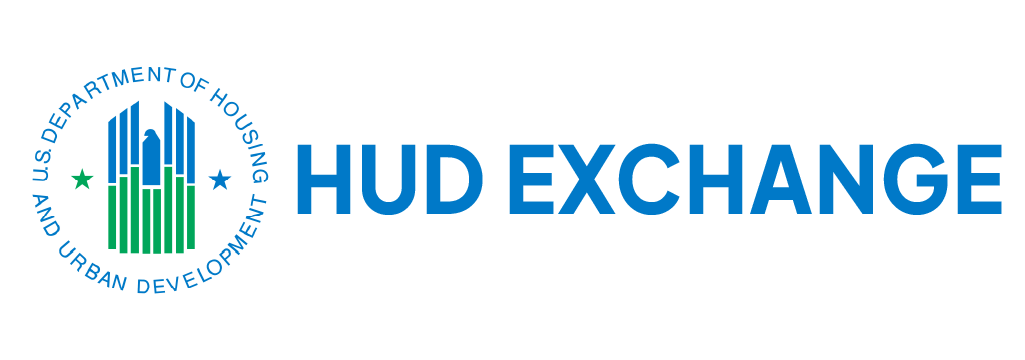
Community Development Block Grant (CDBG)
The CDBG program works to ensure decent affordable housing, to provide services to the most vulnerable in our communities, and to create jobs through the expansion and retention of businesses.
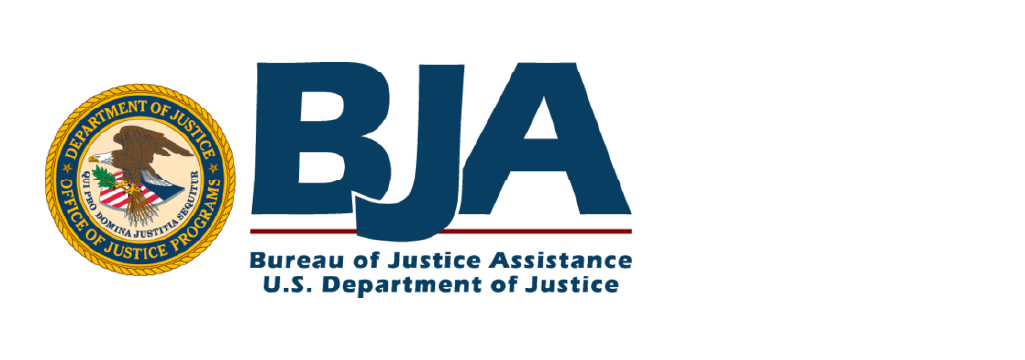
Edward Byrne Memorial Justice Assistance Grant (JAG)
JAG funds awarded to a state or local may be used to support a range of program areas, including law enforcement, prosecution, indigent defense, courts, crime prevention and education…
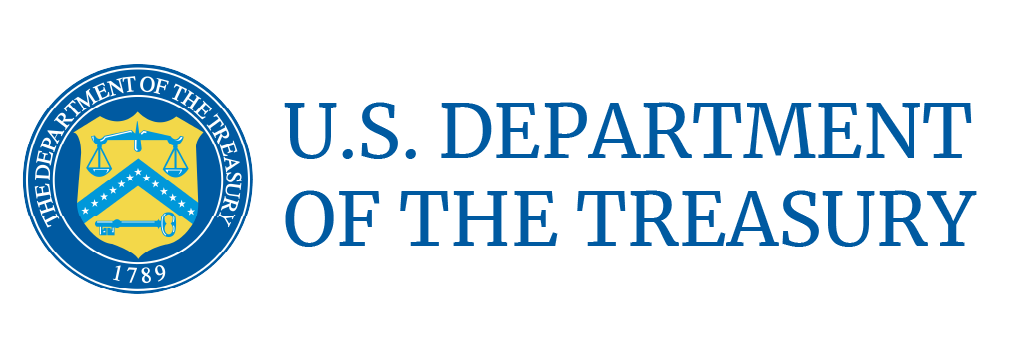
Emergency Rental Assistance Program (ERAP)
The American Rescue Plan Act built upon the ERAP, is set to reduce evictions by providing an additional $21.6 B in emergency rental assistance for low-income renters who have lost income…

Emergency Solutions Grants (ESG) Program
The Emergency Solutions Grants Program focuses on assisting people to quickly regain stability in permanent housing after experiencing a housing crisis and/or homelessness.
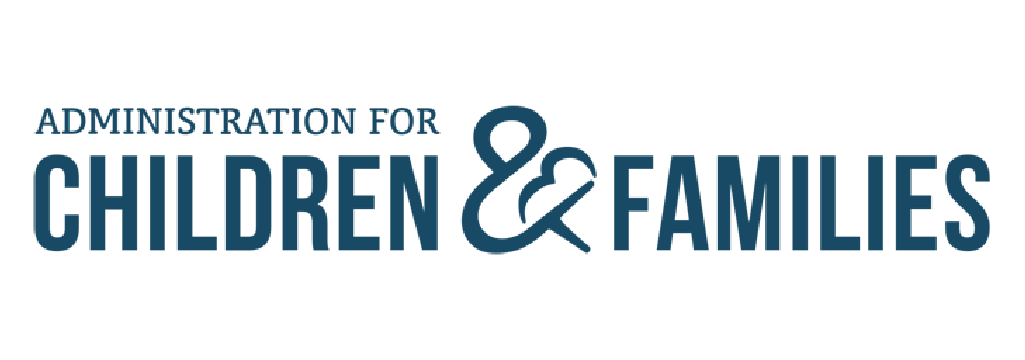
Family Violence Prevention and Services Formula Grants (FVPSA)
The Family Violence Prevention and Services formula grants to states and territories fund more than 1,600 local public, private, nonprofit and faith-based organizations and programs demonstrating…

Homeowner Assistance Fund (HAF)
The HAF is for the purpose of preventing homeowner mortgage delinquencies, defaults, foreclosures, loss of utilities or home energy services, and displacements of homeowners experiencing financing hardship due to…

State and Local Fiscal Recovery Funds (FRF)
FRF is the largest and most flexible source of American Rescue Plan Act funds to help states, counties, cities and Tribal governments cover increased expenditures, replenish lost revenue…
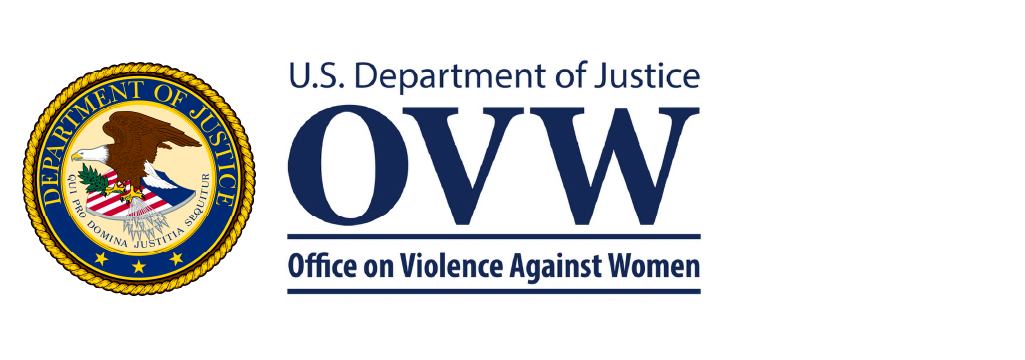
STOP (Services, Training, Officers, and Prosecutors) Violence Against Women Formula Grant
STOP (Services, Training, Officers, and Prosecutors) Violence Against Women Formula Grants are awarded to states to develop and strengthen the criminal justice system’s response…

Title IV-B – State Court Improvement Program (CIP)
The State Court Improvement Program is for children and families who need assistance in order to keep their families together.

Title IV-D – Child Support and Establishment of Paternity
The child support program serves over 17 million children, and provides information to pro se parents helping ensure that parents understand the child support process, know what to expect…

Title IV-E – Federal Payments for Foster Care and Adoption Assistance
The Federal Foster Care Program helps to provide safe and stable out-of-home care for children until the children are safely returned home, placed permanently with adoptive families…

Victims of Crime Act (VOCA) Victim Assistance Formula Grants
VOCA provides funding to groups and direct services for victims, such as domestic violence shelters, legal support, faith-based organizations, and child abuse organizations.

